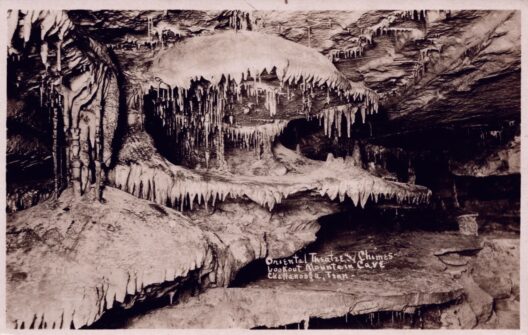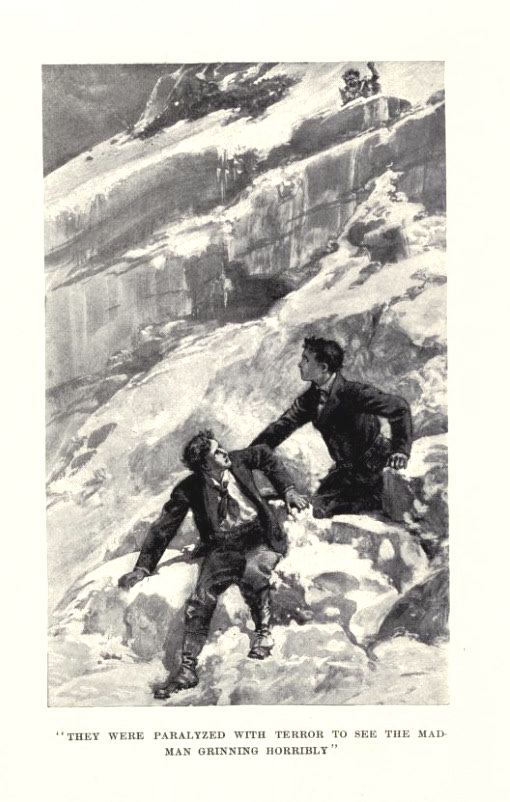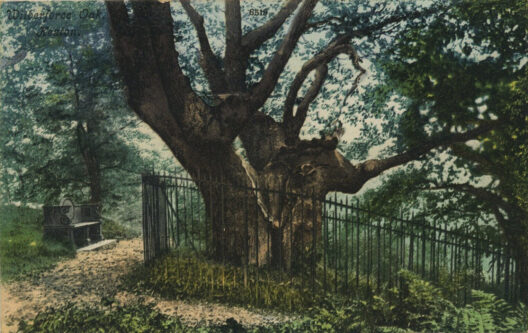Some final notes on Letters to Wilfred B. Talman, and Helen V. and Genevieve Sully.
Three small typos toward the end of the book, or at least that is what they appear to be: p. 484, begin = begun; p. 482, how = now; p. 478, had = hard.
Page 459. “The ancient brick building at the foot of the hill [is to go, in RISD modernisation, yet]… it will be some consolation to have the old familiar gable still in place, when one starts upwards from Market Square.” This indicates that, at least in 1936, Lovecraft’s route home from the commercial district was straight up College Hill. That would make sense if he was carrying heavy shopping and library books uphill in bags, since it was the shortest route home.
Page 460. He had been inside the cave system under “Lookout Mountain in Tennessee”. In 2020 I had a ‘picture postals’ post on the visit.
Page 460. Years ago, as a boy, he was fascinated by descriptions of Mount Rainier in the “juvenile books of Kirk Munroe”. The tale in question was serialised in Harper’s Round Table, a juvenile magazine, in summer 1896. Thus it’s not certain that Lovecraft read it in book form as Rick Dale, A Story of the Northwest Coast (1896), though he does recall “books”. Which also suggests he read more than one by the author.
Immediately after the Mount Rainier chapter in Harper’s Round Table is a long article for boys about small sail-boats, and we know the young Lovecraft was later a keen sailor on the Seekonk in such boats. I assume ‘keen’, because the Seekonk was a dangerous river and one would have to be keen to sail it alone and also land on its Twin Islands.
Later in his life his good friend Everett McNeil wrote books in much the same vein as Kirk Munroe.
Page 471. 1934. “Trips […] to certain historic of scenic spots […] leave a permanent imaginative residue which crops out again and again in dreams, waking thoughts, and literary attempts.”
Page 478. “… the giant oak with its brooding overtones of Druidic mystery. I have repeatedly dreamed of vast, night-black forests of gnarled, great-boled oaks, such as one sees in pictures of old England”.
Page 478. Lovecraft on swans. He associates the Northern lore of water ‘nixies’ with them.
Page 484. “I welcome any process which permits of duplicate or multiple creation [in works of art and sculpture].”
Page 486, 485. “Back to 1910″ […] I was a Shakespearean enthusiast and more of a theatregoer than I am now”.



